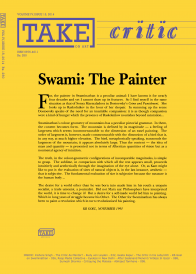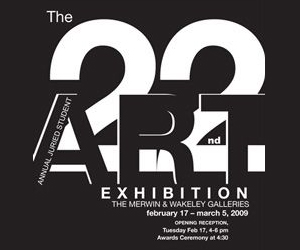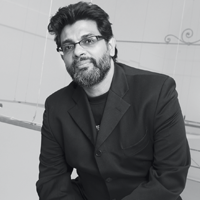
Critic
March 2014 Issue 15Contemporary art writing is the result of a long-standing tradition of literature and notions of aesthetic criteria, and criticisms of it. Even though the conscious use of the terminology ‘art writing’ is an intentional removal from the didactic linguistic style traditionally associated with criticism, occurrences of writing on art predates the practice of art criticism. Re-readings and consequent invalidations of canonical structures have resulted in the emergence of the modest ‘art writer’ as opposed to the critic in recent times, whose role assumes commentaries on the political and ethical dimensions within art practices. Despite such negotiations, in practice, writing on art has endured in various guises, even as the battles have radically altered. Whether they manifest in formal appreciations or in locating political and cultural contexts, writing on art can assume various forms and realise through numerous voices and texts emerging from critics, historians, curators, researchers, artists, philosophers and writers of fiction.
This issue does not intend to write a history of art writing in India. However, it will try to identify the precedent of theory and history in art writing not just through critical reflections on art writing in India over the ages, but also through analytical articles on a series of carefully chosen pieces of writing from influential writers on art since the advent of print publishing in India, and reproductions of such writings – leaving it up to the reader to identify recurring preoccupations, changes in linguistic tone and aesthetic values, and yet another narrative of the history of Indian art.
View Index Buy Now







